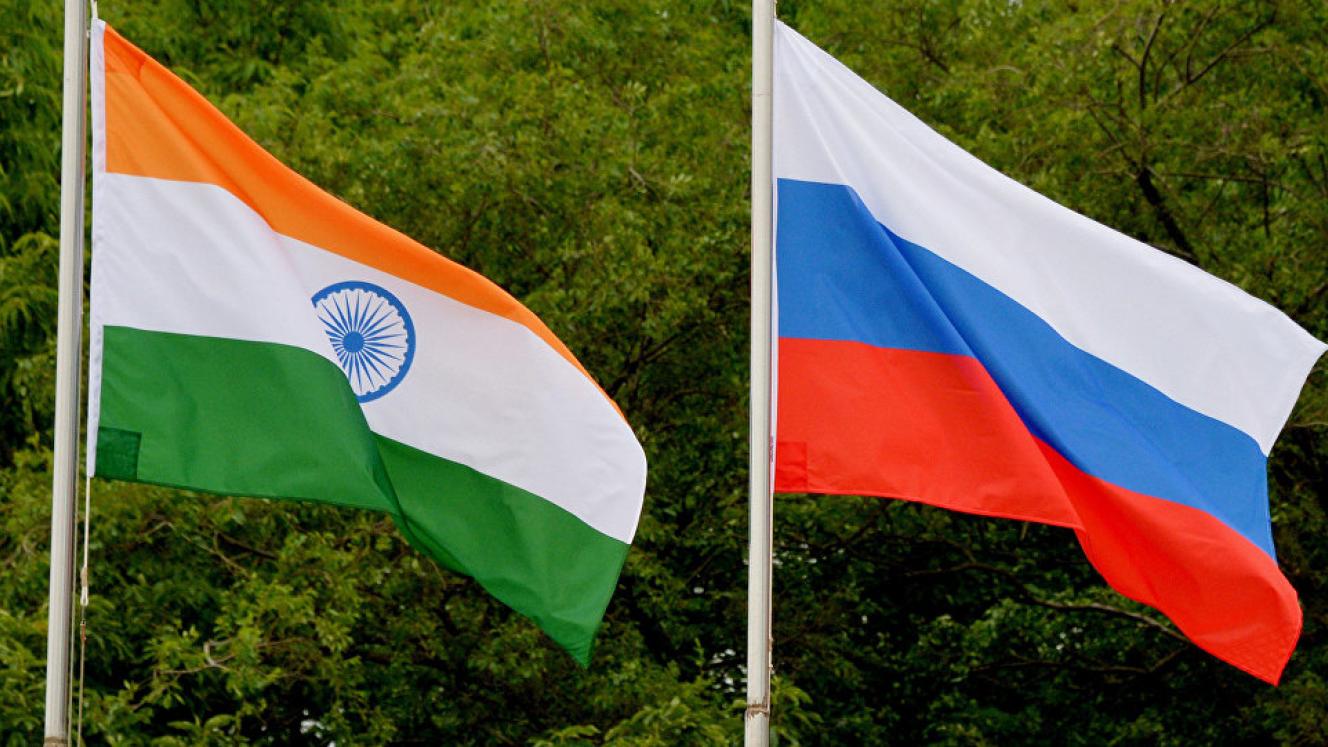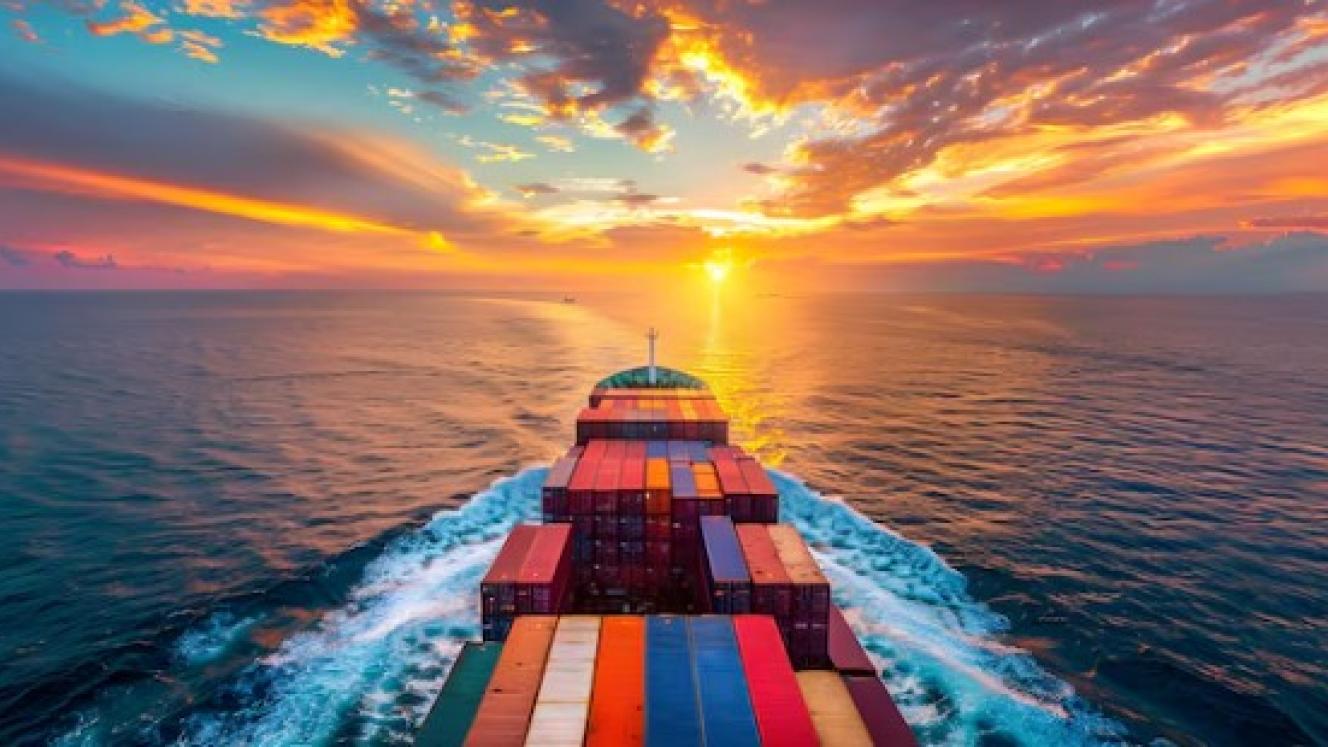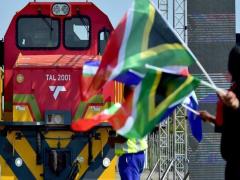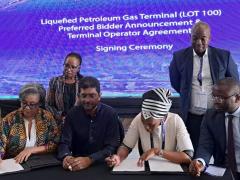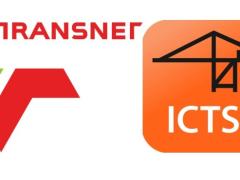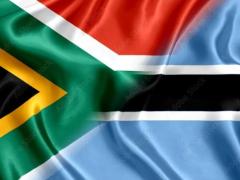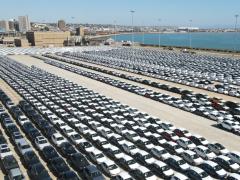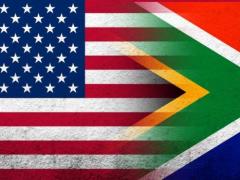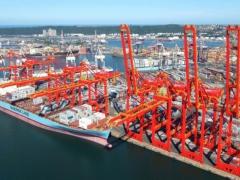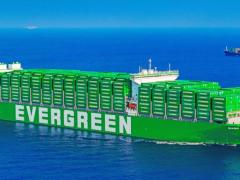On a day supposed to be celebrated for its independence from the crumbling Union of Soviet Socialist Republics in 1991, Ukraine suffered a Russian rocket strike on a railway station in the town of Chaplyne.
Coinciding with yesterday’s attack that killed 22 and injured at least 50, it was reported that headway is being made with the revitalisation of a once-dormant freight corridor, providing Russia with trade alternatives against western sanctions.
Although Iran’s willingness to participate in the International North South Transport Corridor (INSTC) linking Russia with India via a multimodal corridor was initially in doubt, renewed shipments on the INSTC between May and July confirm the corridor’s re-emergence.
Moreover, it comes soon after Russia, Iran and India embarked on discussions over the INSTC, underscoring the acceleration of new trade-bloc formations since hostilities in Ukraine started on February 24.
The 114 containers that the Islamic Republic of Iran Shipping Lines moved between the Caspian Sea and the Persian Gulf may not sound like much, but against a wider global trade backdrop it’s certainly significant.
Whereas Iran is a strategic territory partner of the INSTC, India appears to have made it all possible after its Reserve Bank (RBI) introduced an international trade mechanism that circumvents the Society for Worldwide Interbank Financial Telecommunication (Swift) from which Russia has been ejected.
The move by the west to freeze Russia out of global trade transactions has been effectively nullified by the INSTC partners through the RBI’s mechanism for trade paid for in roubles and rupees.
However, it is the speed with which developments are happening on the INSTC that must be taking the US, UK and EU by surprise.
In the same week that India’s minister of shipping, Sarbananda Sonowal, visited Tehran to discuss matters pertaining to the INSTC, six harbour cranes arrived at the corridor’s Persian Gulf port of Chah Bahar to speed up ship-to-shore cargo movement.
Apart from offering Russia a way out of the trade isolation it has been facing from the west since Moscow started shelling Ukraine, the 7 200-kilometre corridor between Russia’s Port of Astrakhan and the Arabian Sea ports of Mundra and Nhava Sheva comes with significant logistical benefits for India.
Sonowal said it would cut costs and shrink the shipping distance from India to the north-west.
According to projections by the Federation of Indian Export Organisations, this could amount to a 40% reduction in travel time for Indian shipments heading to Central Asia, resulting in an estimated 30% decrease in cargo costs.
The speed and relative success with which the INSTC is re-emerging after it lay dormant for years since it first came into use in 2002, is one of the strongest signs of new trade partnerships reminiscent of east-west bloc formation prior to the end of the cold war.
This was confirmed by the likes of Bob Koopman, chief economist at the World Trade Organization (read this for context: https://tinyurl.com/mt2y5tje)
Whether trade alternatives on the INSTC will aid Russia’s flagging economy soon enough remains to be seen, especially after its ejection from Swift resulted in Moscow’s failure to honour foreign debt commitments in April.
It was the first time that Russia had defaulted on sovereign bond repayments in a century.
